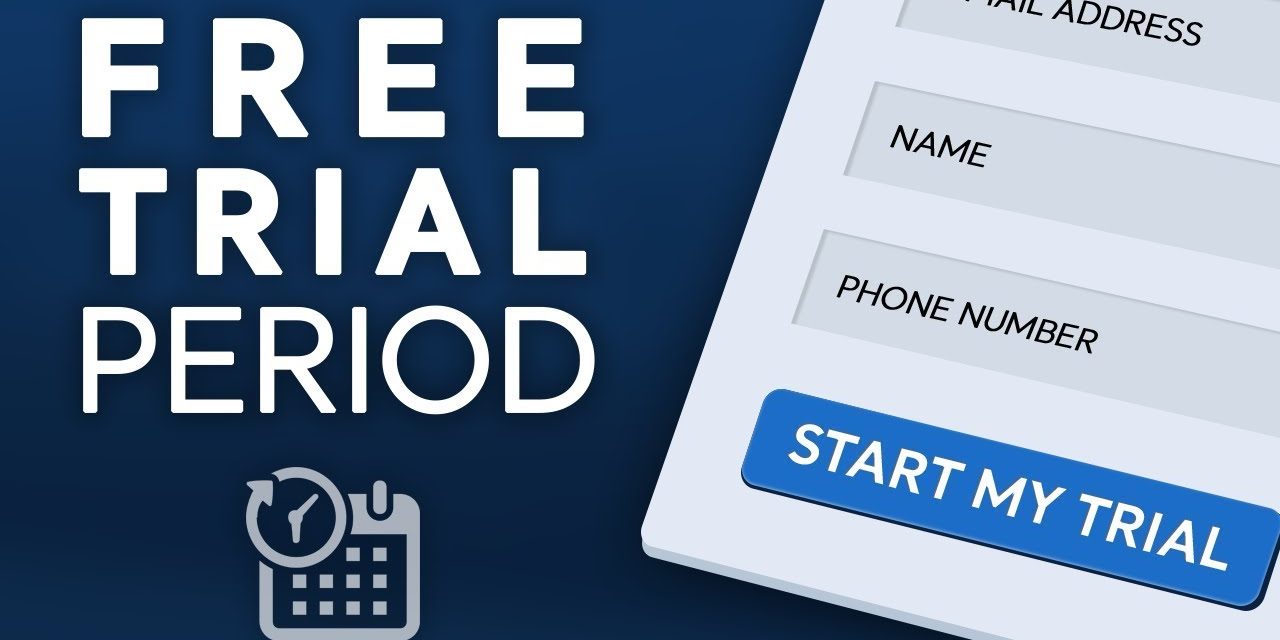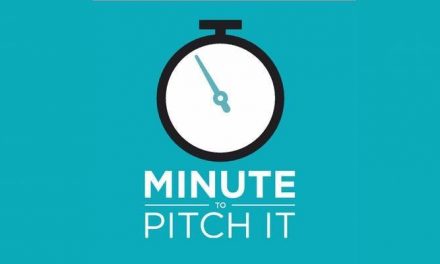I’m sure you’ve come across businesses, usually online service providers of some sort that offer a free trial period for their product before converting you into a paying customer. The idea is simple; our product is good and once they try it they will see the light. This works in many cases. If you’ve ever looked at your business and thought about employing a free or reduced-price trial period or sample here are some things to consider and tips to make it work for you. We will look at both trial periods and samples.
How they work
We can draw a simple distinction here between trial periods and samples. Trial periods apply to services and allow the user access to the service for a limited amount of time. Samples refer to goods. They allow the user to experience the product and form an opinion of it We will look at both free and reduced-price offers. So offering a sample pack of hair shampoo at a reduced price will be given the same weight as offering a 30-day software trial. The idea behind offering trials or samples is to create a habit in a customer that involves your product. The trick holds up whether you are completely introducing a customer to something or you are offering a new solution where one already exists which is more likely the case.
How much/long?
The first question I often get about these is how long or much you should offer. The answer is not quite the same for every product. It has been the custom in online services to offer 30 days but we are seeing much more aggressive 3 and 7 day trial periods coming to prominence. The answer here will depend on your product, how often the customer uses it and their review cycle. Something like shampoo can be used daily but in some cases weekly. However, people don’t really look at their hair daily or weekly but may appreciate the difference in 2 weeks. So as a sample it makes sense to offer 2 weeks worth. Similarly, with a service, you cannot expect people to appreciate the service in two weeks. It may be used daily but people do take closer to 30 days to see the impact of something in their life, personal or business. Ultimately the answer comes down to the product and usage patterns. Existing customers may be able to make sense of this for you.
How to approach
If you ever have the luxury of choosing between a reduced price and a free offer you will always find it better to go for the reduced price. On the balance of probabilities, anything for free is worth it. Your product would have to be really bad or in the hands of the wrong consumer for it to fail as a sample. The reduced price is favoured because it establishes a second habit that you want to encourage: the paying customer. Ultimately when the trial period ends or the sample finishes you want a customer who is willing to pay for the product. That said offering for free also works. The principle qt play here is that of establishing value in the consumer’s mind. Sometimes it takes more than a great sales pitch or marketing strategy to convince a person of value, it is better shown than told.
When it might not work
I do not take great pleasure in stating the obvious but a trial period or sample may not work for you if your product is inferior. Either inferior to the present solution the consumer is using or it blatantly shoots itself in the foot by being user-hostile. Another case where it may not be useful is where your product is a sporadic need or purchase. This is more of a market than a product issue. Offering me a 1 month trial for a product I will only use twice in that month may not work well. So it’s important to understand consumer behaviour around the product before embarking on this.
How it works
There are many ways to look at how the sample or trial period works but its best for us to look at it through the lens of habits. We are the sum of our habits. Most of our processes in life are habitual. The difference comes only in the frequency of the habit. So we may read daily while exercising weekly or annually. Add to this our knowledge of inertia in our lives; an object in motion tends to stay in motion and an object at rest tends to stay at rest. In simple terms, it is easier to continue with a habit, good or bad, than to break and create a new one. The trial or sample creates a habit of using your product. If your product provides the results and is in use long enough to create a habit it will take a lot of energy to change the habit, more than it will take for the consumer to continue the present habit.
The trial period or sample can be very useful in introducing you to new customers and carving out a healthy market share. Your offering must be up to scratch and make sense.








